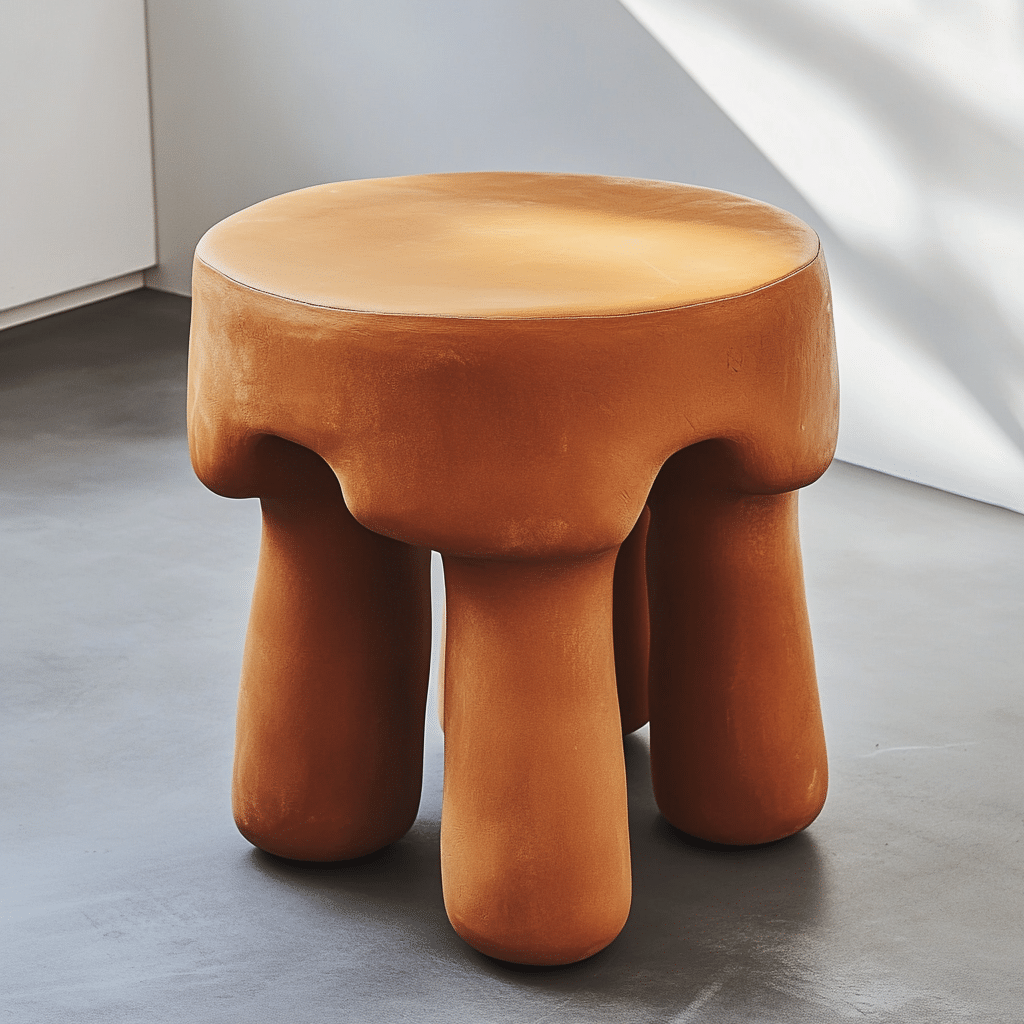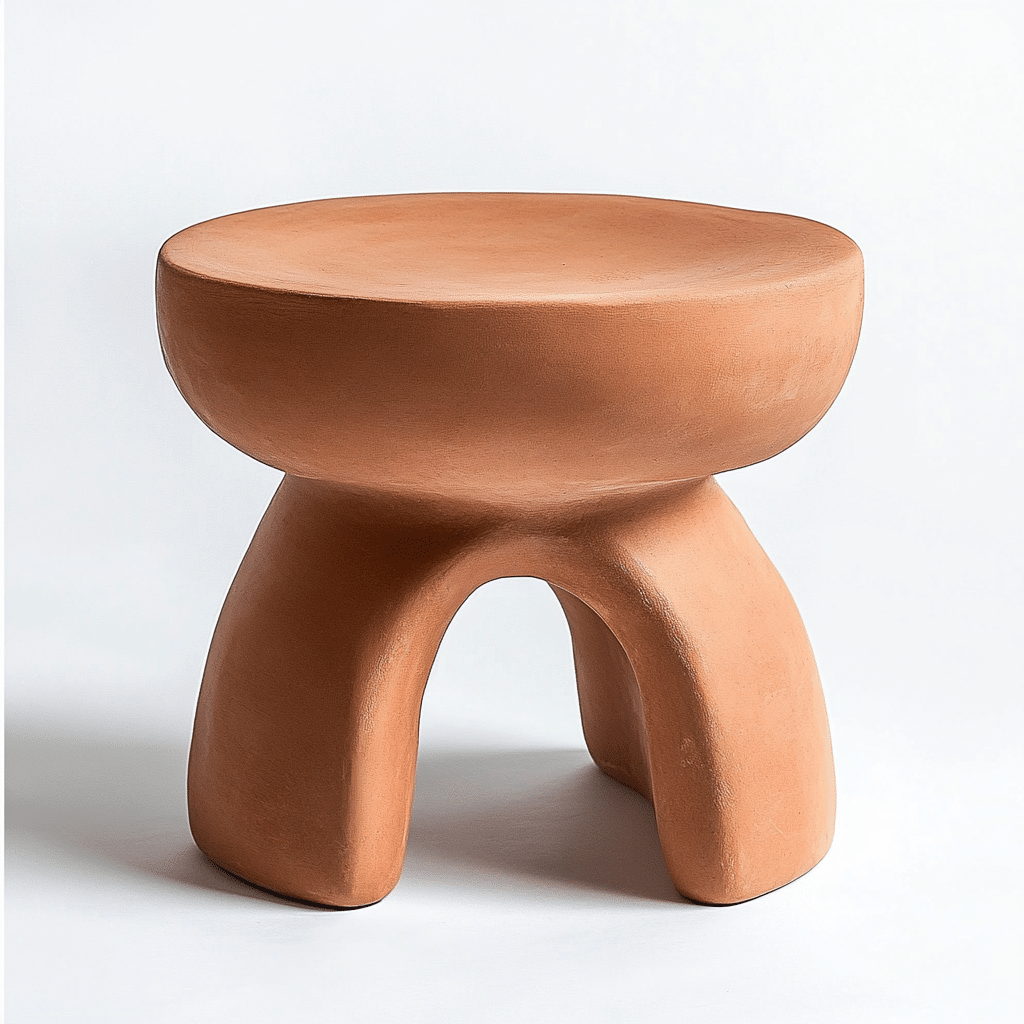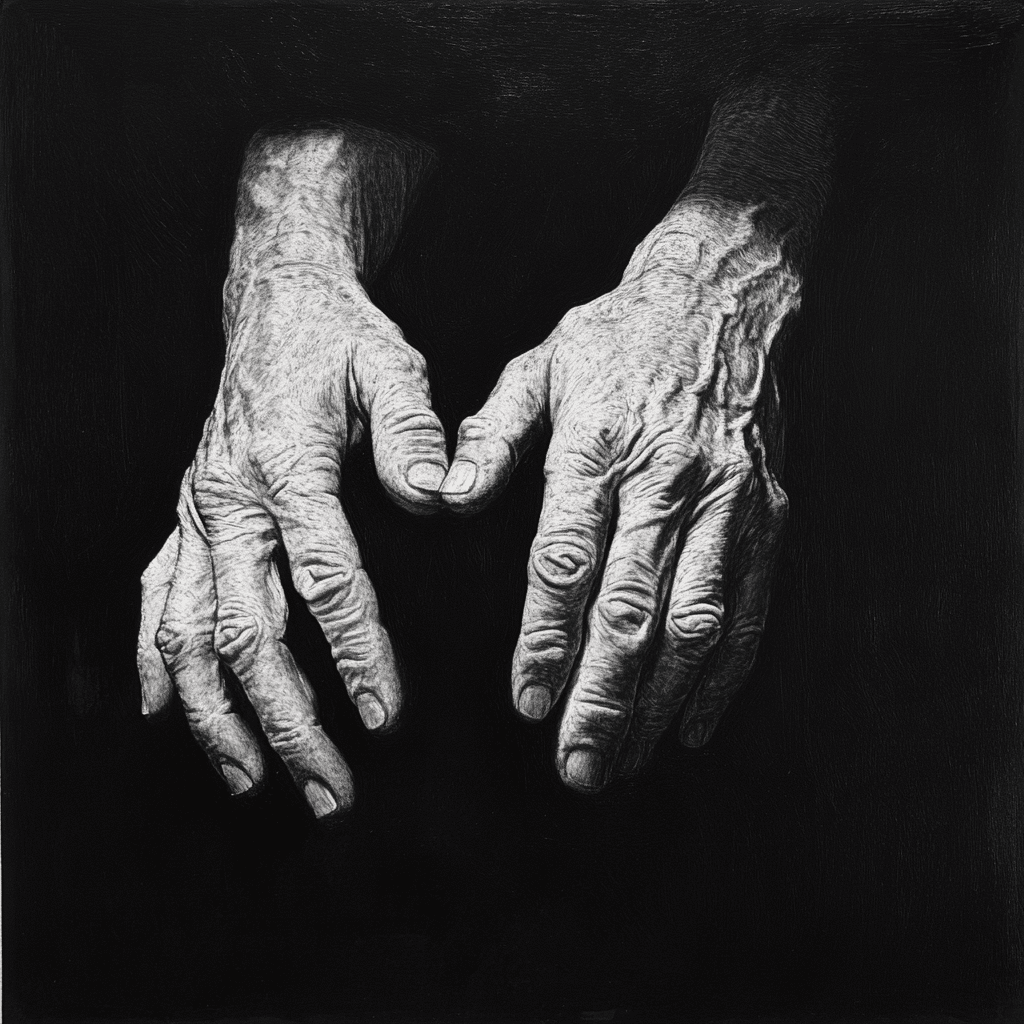When you notice clay colored stool, it’s not just a minor inconvenience; it’s a red flag waving at you from your digestive system! This pale or whitish stool can often signal serious health problems, particularly concerning bile production and liver function. Understanding what clay colored stool really means for your health is crucial. Getting your health—and your body—into peak condition requires recognizing those signals early and taking action! So, buckle up, and let’s dive deep into the world of clay colored stool and what it reveals about your health.

Understanding Clay Colored Stool: Causes and Implications
Clay colored stool occurs when something interferes with bile production, leading to that noticeably pale hue. Bile, produced by the liver, provides the brown color we typically associate with healthy stool. If that bile is blocked or impaired, your stool may turn clay colored. Causes can run the gamut from liver disease to various gastrointestinal disorders, making it essential to pay attention if you notice a persistent change in your stool color.
Some common culprits behind clay colored stool include:
So what does this all mean? Well, if you notice any changes in your stool, particularly if they stick around longer than a week, it’s time to call your doctor. Peace of mind and proactive care go hand in hand when it comes to serious health issues.

Top 5 Health Conditions Linked to Clay Colored Stool
Being aware of the top health conditions associated with clay colored stool might just save your life. Here’s the breakdown:
This can happen when the bile flow is reduced or blocked by several factors. Conditions like primary biliary cholangitis and primary sclerosing cholangitis need swift diagnosis. Ignoring these conditions could lead to severe liver damage down the road.
This inflammation can stem from different causes—viral infections, alcohol abuse, or autoimmune diseases—and can mess with your bile production. Hepatitis A, B, or C can absolutely result in clay colored stool when bile secretion takes a hit.
These pesky stones can block your bile duct, leading to clay colored stool. If you’re experiencing abdominal pain and jaundice, get checked out with an ultrasound as soon as possible.
Though a tough one to face, it’s important to recognize that advanced pancreatic cancer can also obstruct bile flow. This could lead to the pale appearance of your stool and is often associated with a lot of other digestive complications.
Long-term liver damage can result in cirrhosis, where the liver’s ability to produce bile diminishes severely. Chronic alcohol abuse and fatty liver disease are common contributors, making lifestyle check-ups vital for early detection.

The Connection Between Clay Colored Stool and Digestive Health
The intricate connection between clay colored stool and your overall digestive health goes beyond the surface. When you see pale wreckage in your toilet, it signals a larger picture about your gastrointestinal system.
Mole Skin and Intestinal Health: Like how mole skin protects our skin during a workout, our gut’s flora must remain balanced to fend off digestive issues. An imbalance here leads to inflammation of the gut lining, affecting bile production, ultimately showcasing as clay colored stool.
Butterfly Bandage and Treatment Options: Similar to how butterfly bandages support healing, treating clay colored stool involves addressing the root problem. Antiviral medications for hepatitis or lifestyle changes for fatty liver may be necessary to restore normal stool color and function.
Belly Inflation and Its Impact: If you’re experiencing excessive belly inflation along with clay colored stool, it could tie back to food intolerances or gastrointestinal disorders. This all connects back to your body’s ability to properly digest and absorb nutrients.

Lifestyle Factors: Prevention and Monitoring
Recognizing symptoms like clay colored stool underlines the importance of lifestyle modifications. Simply put, what you put into your body directly impacts your health! The connection between your diet, exercise, and liver health is undeniable, and smart choices can mitigate potential issues.
Wedge Pillows and Digestive Ease: Elevating your upper body while you sleep can promote better bile flow. Wedge pillows can help reduce strain on your digestive system, keeping everything running smoothly.
Mosquito Bits and Natural Remedies: Consider incorporating natural remedies like milk thistle, often known as “mosquito bits,” which are incredible for supporting liver function. Regular hydration and nutrient-rich foods go a long way too.
Apron Belly and Weight Management: If you’ve got an “apron belly,” managing your weight can significantly influence your liver health. Focusing on balanced nutrition and consistent exercise is crucial to maintaining a healthy body. Check out how you can explore weight management strategies, from effective workouts to smart eating plans, to keep your health on track.

Final Thoughts on Clay Colored Stool and Holistic Health
In the end, clay colored stool serves as a vital indicator of your overall health. Taking note of this change—and understanding what it signifies—will empower you to take charge of your health journey. From liver health to better dietary choices, awareness is the first step to optimizing your well-being.
You deserve to feel amazing in your skin, and recognizing the signals your body sends you can pave the way to a shredded, healthier you! Whether seeking professional advice or making lifestyle adjustments, always listen to what your body tells you. Take action now, and don’t ignore those signs; they just might lead you down the path to becoming the best version of yourself!
The Scoop on Clay Colored Stool
What It Is and What It Means
Ever heard of clay colored stool? It may not be a topic everyone feels comfortable discussing, but understanding this condition can provide valuable insights into your health. When your stool turns this unusual shade, it often indicates a lack of bile, which can point to liver issues or bile duct obstructions. It’s a handy little signal from your body, much like how a dog runs to the doggy door when it needs to go outside. If you notice this kind of change in your bathroom habits, it’s essential to reach out to a healthcare provider pronto!
Fun Facts to Digest
Did you know that not all creatures are affected by bile the same way? For instance, while humans can experience a variety of stool colors, some animals rely heavily on it for digestion and overall health. Speaking of digestion, did you know that certain parasites like tape Worms can cause changes in your stool? Yep, they can lead to dramatic health changes, marking the fine line between a healthy gut and major concerns. And if you’re looking to lighten the mood after discussing such a serious topic, you might catch a show at the Helium Comedy club—laughter is often said to be the best medicine!
Taking Action with Clay Colored Stool
If you’re experiencing clay colored stool, there are practical steps you can consider. For instance, tracking your diet and any new medications is a smart move. You may want to explore options like the Wegovy savings card to potentially help manage weight concerns that could be affecting your health. Plus, don’t forget about actual treatments—sometimes, topical applications like Sudocrem can be used for external issues that accompany digestive problems. However, be sure to consult your doctor for tailored advice.
Stay Informed
Life’s filled with little surprises, just like the unexpected color of clay colored stool. Whether it’s grabbing weighted Blankets for a cozy night or diving into the latest movies to watch, keeping your health in check should always come first. If you notice something off, think retrospectively about your habits, and seek insights. So, for your next bathroom visit, keep an eye out; it just might reveal more about your health than you ever expected!



























